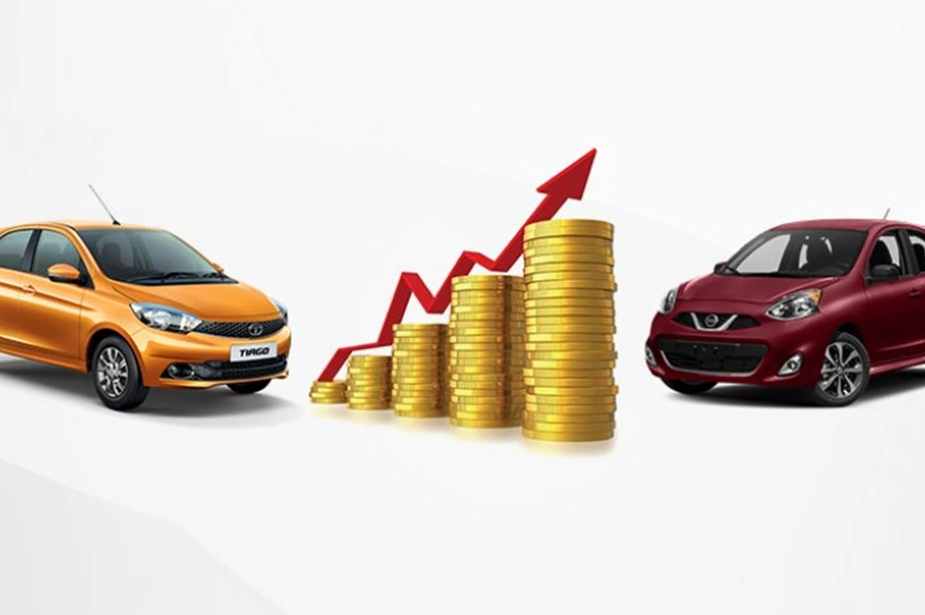Do you want us to have cars or not, auto insurance companies? Because at this point, taking a bus or an Uber is looking mighty appealing. Having a car note is already a struggle, but another bill that often costs more than the car itself? Ridiculous. As an American, I just want to say to these insurance companies…. we’re maxed out! Give us a break!
Drivers across the country are no longer just accepting higher car insurance rates. In fact, half of US auto-insurance customers actively shopped for new policies in the past year, a notable increase from 41% in 2021, according to research firm J.D. Power. This shift isn’t just about switching providers, many drivers are tweaking their existing policies, such as increasing deductibles to lower regular payments or exploring pay per mile insurance plans.
The national rethink over car insurance is driven almost entirely by price. Over the past year, the average annual cost of full coverage car insurance has risen by 12% to $2,278, according to Bankrate. This spike follows a 7% increase the previous year. This relentless rise is leading some buyers to choose less expensive vehicles or no cars at all.
A popular trend is the rise of pay per mile programs. These plans typically involve a base rate for coverage and a per mile rate on top of that. Companies like Allstate, Nationwide, and USAA offer these plans, which could save certain consumers hundreds of dollars a year. For instance, paying a base monthly rate of $35 and 6 cents per mile driven could result in significant savings for those driving less than the average 13,039 miles per year.
While pay per mile plans might be a good fit for retirees or remote workers who drive less, traditional policies might still be more cost effective for those driving over 4,000 miles a year. However, these pay as you go plans often involve mileage tracking via mobile apps or devices plugged into vehicles, raising concerns about data privacy and what insurers do with the information they collect.
Insurance prices have increased for various reasons, including higher car prices, more expensive car repairs, and rising theft rates. The complexity of vehicle technology and increased theft of catalytic converters have driven up repair costs. Higher medical expenses and bigger settlements after car crashes also contribute to rising premiums.
The cost of car insurance varies significantly by state, with Florida, Louisiana, and Texas being the most expensive, while Wyoming, Vermont, and New Hampshire are the cheapest. Premiums are expected to rise another 9% on average in 2025, according to the Insurance Information Institute.
To save on insurance, many drivers are opting for higher deductibles. Raising your deductible can reduce premiums for collision and comprehensive coverage by 15% to 30%. However, it’s essential to have enough savings to cover repairs if you choose this option.
Paying a year’s worth of premiums upfront can also trim costs. For instance, one financial planner’s client saved $72 off her $726 premium by paying annually. Every little bit counts, but honestly, it feels like we’re trying to squeeze blood from a stone here.
In conclusion, insurance companies, we are pleading with you…ease up on us! We’re doing everything we can to keep our cars on the road without breaking the bank. At this rate, we might as well start investing in bicycles or horses again.

